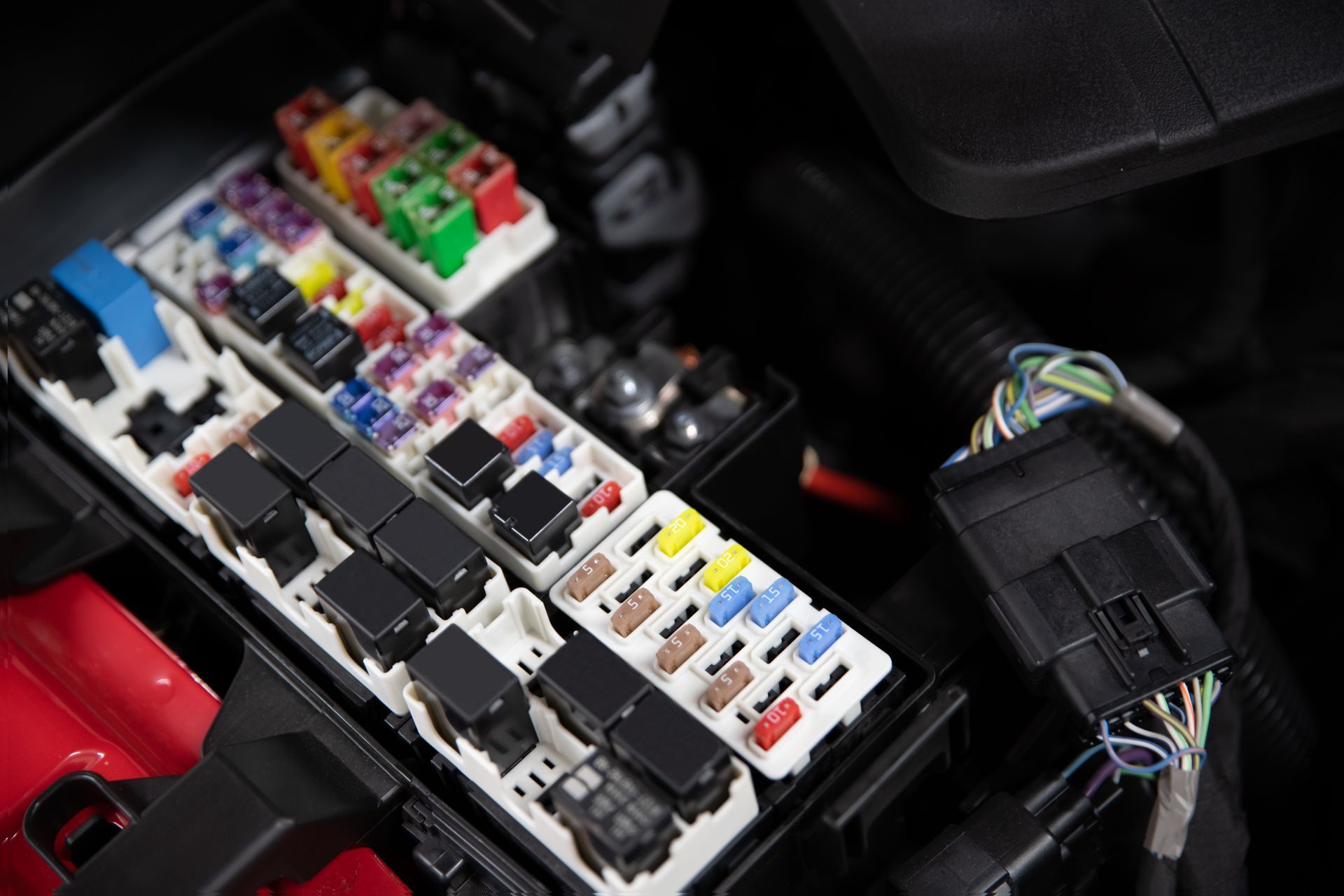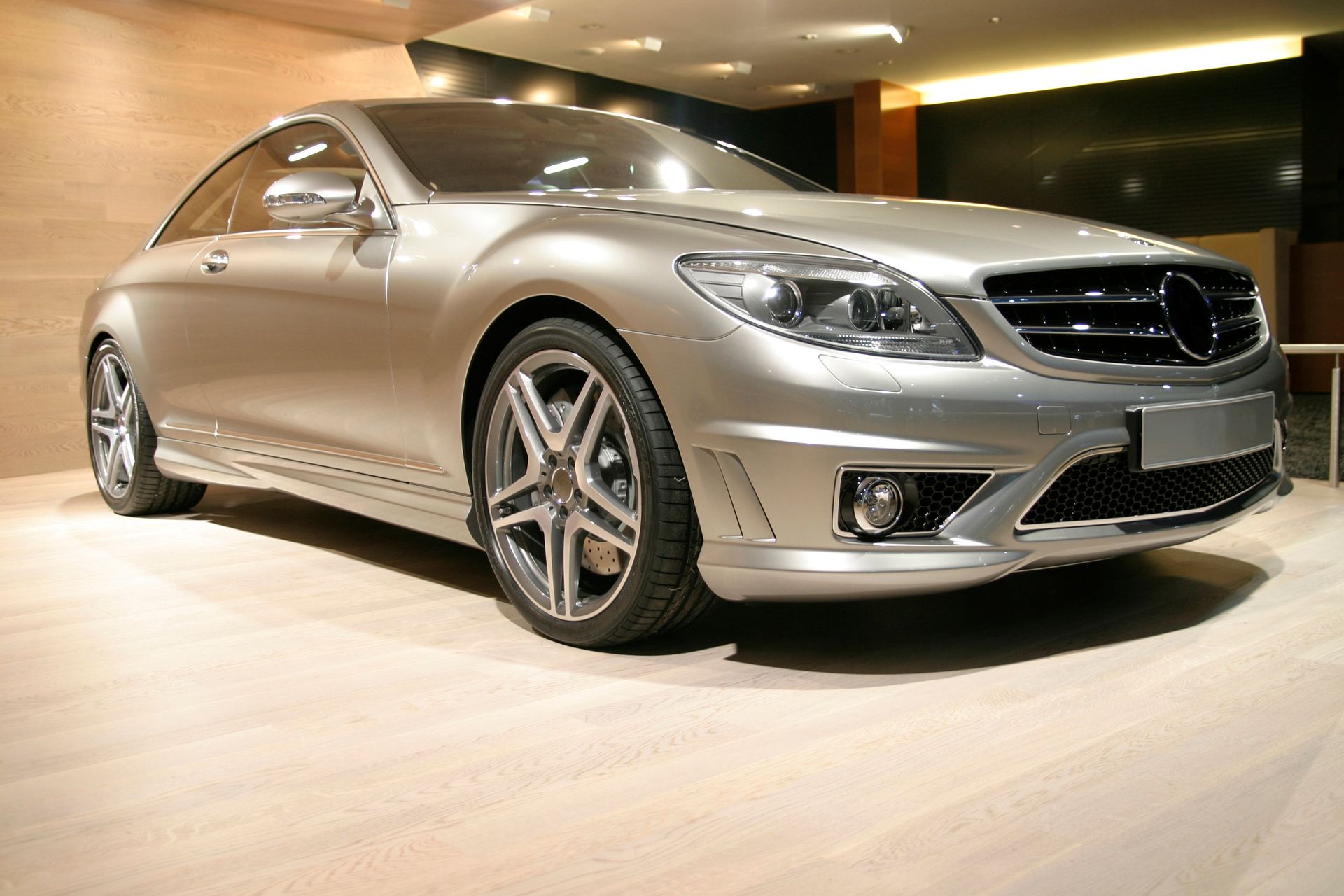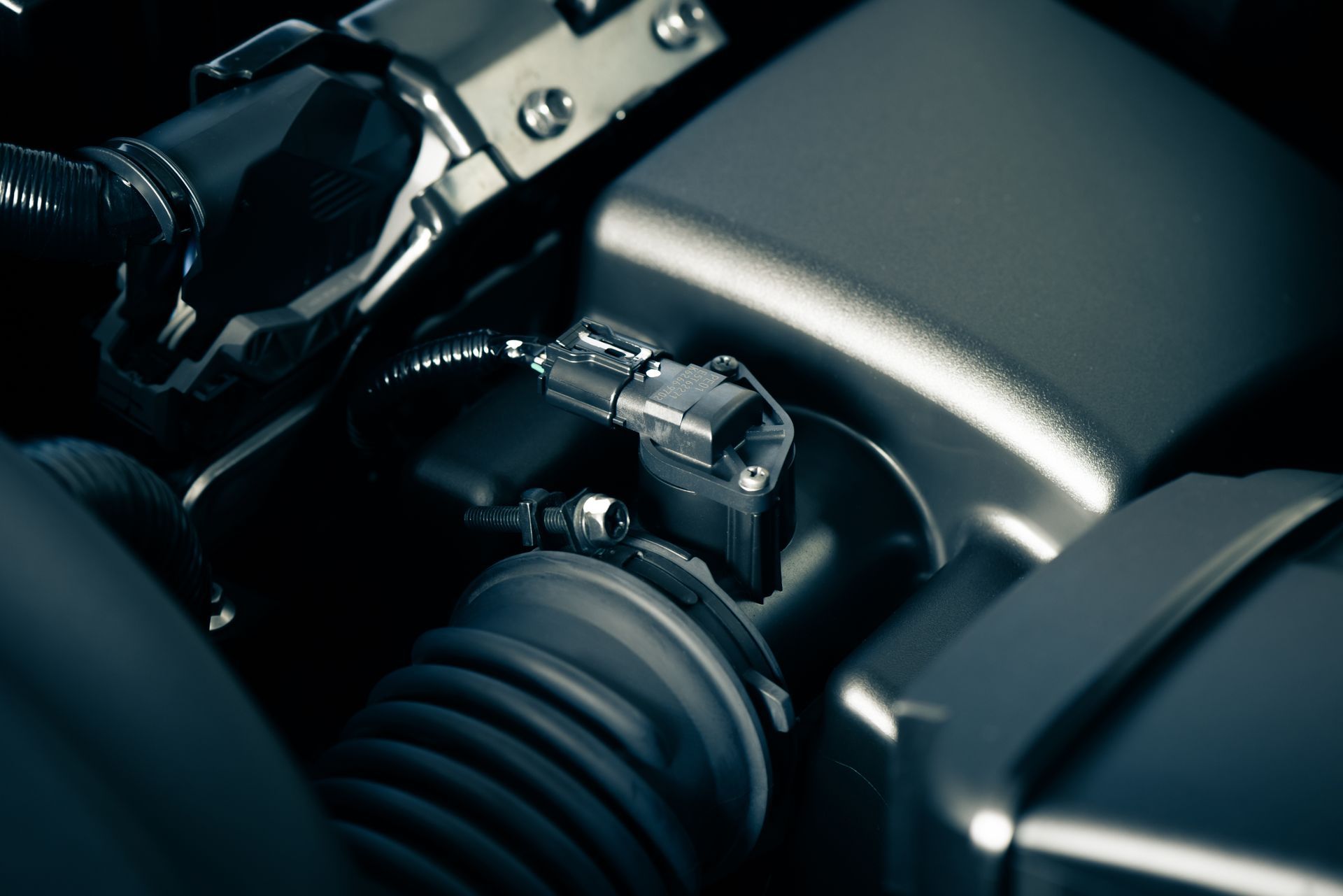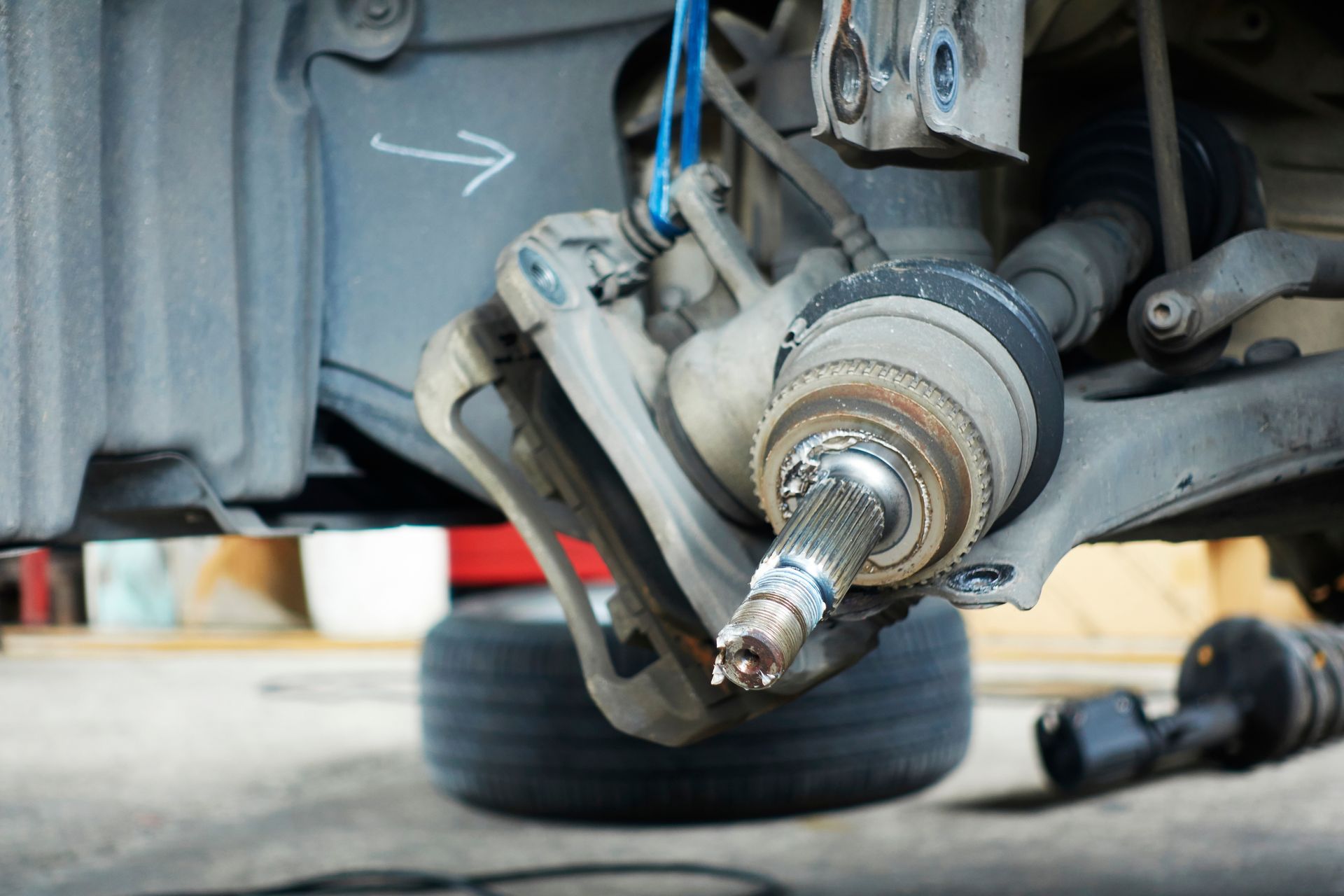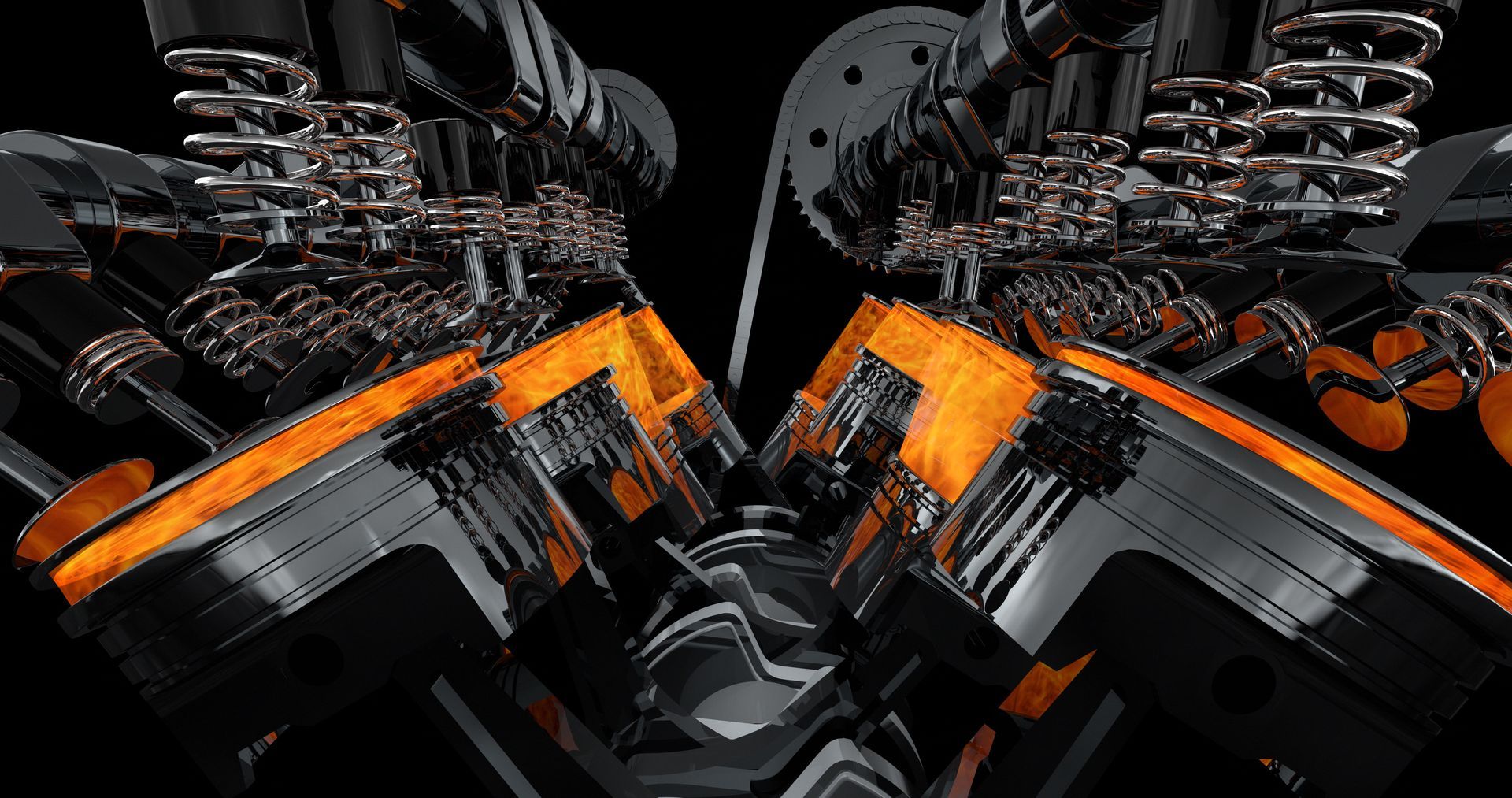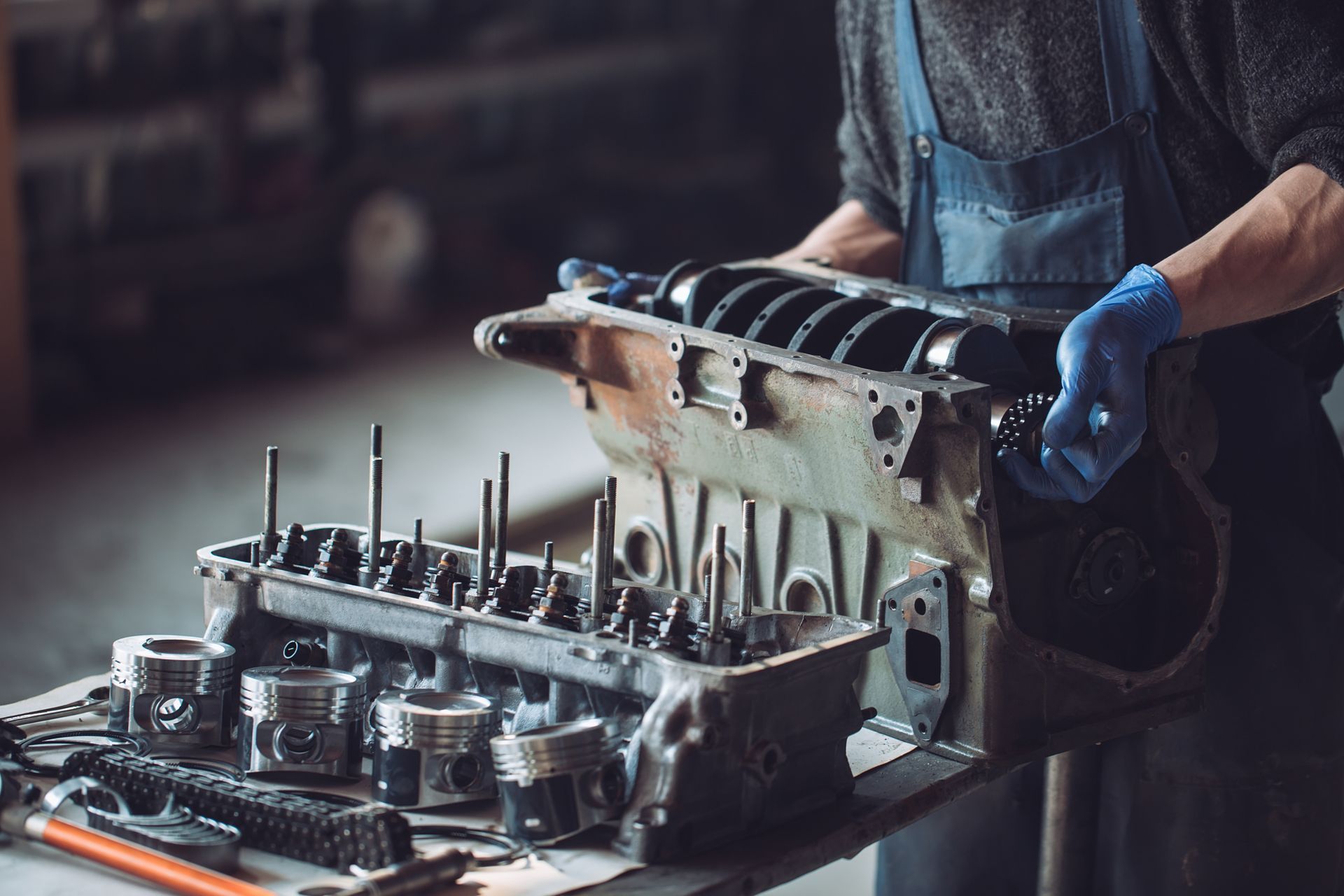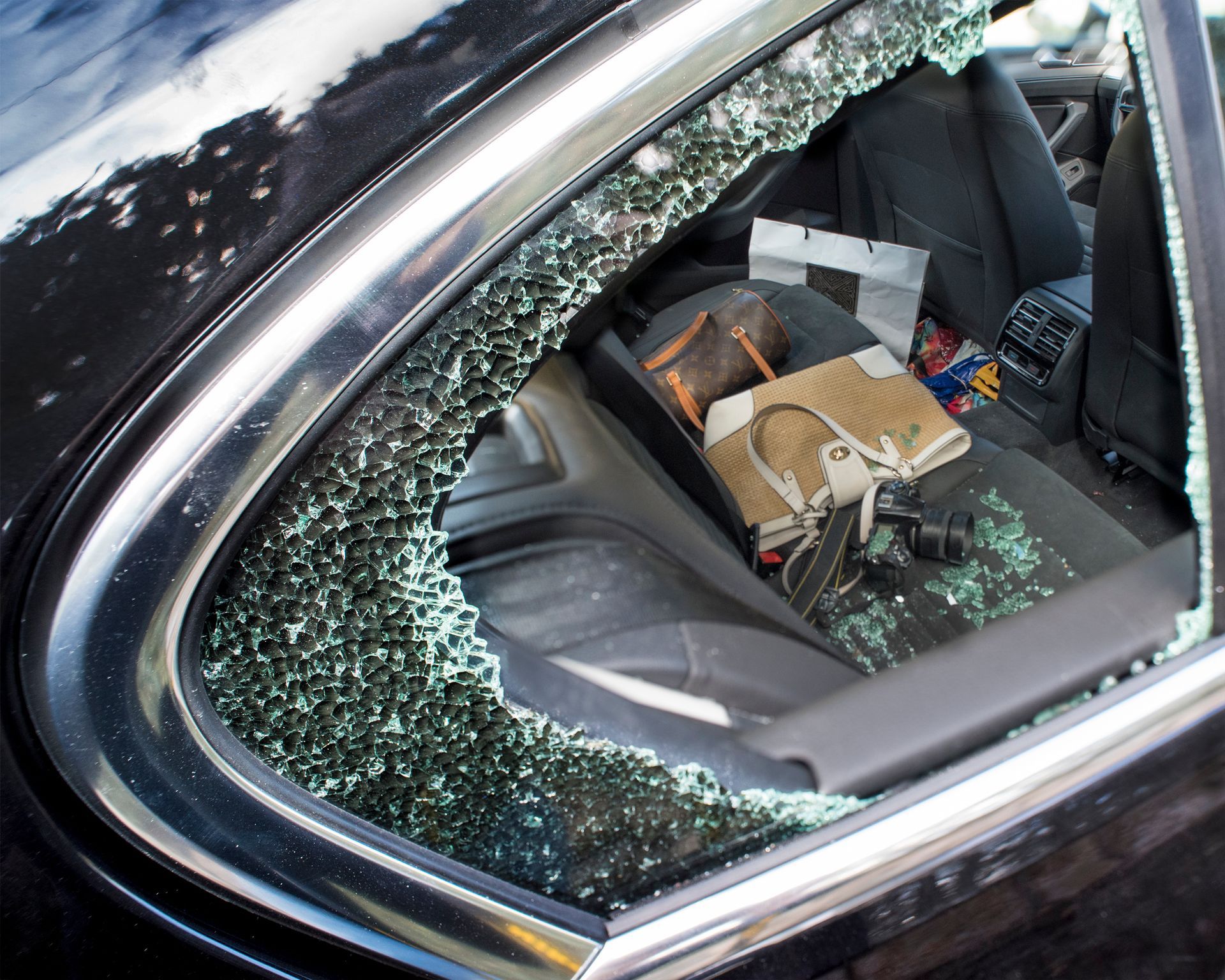You’ve probably heard your mechanic mention the sway bar during a suspension check or seen it listed on a service report. It’s one of those parts that doesn’t get much attention—until there’s a problem. If your car feels unstable in turns or you’re noticing unusual handling issues, the sway bar might be involved. While it’s not the most talked-about component, it plays a bigger role in your driving experience than you might think.
What Is a Sway Bar
A sway bar is a steel rod that connects the suspension on the left and right sides of your vehicle. It’s usually located near the front or rear axle and is designed to reduce body roll when your car corners or swerves.
When you take a turn, the weight of your vehicle naturally shifts to the outside. The sway bar works by transferring some of that force to the opposite side, helping keep the vehicle level. It doesn’t eliminate the lean entirely, but it keeps your car flatter and more stable during maneuvers, improving control and comfort.
How It Works With Your Suspension System
Your suspension is made up of several parts—springs, shocks, control arms, and more—that all work together to absorb bumps and keep your wheels firmly planted. The sway bar connects either the front or rear wheels through linkages, twisting slightly when the car corners.
That twisting action resists the motion that causes body roll. In technical terms, it increases the suspension’s roll stiffness. The result is more balanced handling and better tire contact with the road.
Vehicles with stiffer sway bars typically feel “tighter” around corners, while cars without them—or with broken sway bar links—tend to feel loose or unsettled during turns.
Signs of a Worn or Broken Sway Bar
Most sway bar issues come from the end links—the small arms that connect the bar to the suspension. These can wear out over time due to age, rough roads, or corrosion. When they fail, the bar can’t function as intended.
Common symptoms of sway bar problems include:
- Clunking or rattling noises when driving over bumps or turning
- Excessive body roll when cornering
- Loose or floaty steering feel
- Uneven handling between left and right turns
If you notice any of these issues—especially after hitting a large pothole or curb—it’s a good idea to have the sway bar and its components checked.
Does Every Vehicle Have a Sway Bar
Most modern passenger cars come equipped with at least one sway bar—typically in the front suspension and sometimes in the rear as well. Sports cars and performance vehicles often use thicker sway bars for sharper handling, while trucks and SUVs may use them to improve control when carrying heavy loads.
Some vehicles even have active or electronically controlled sway bars that adjust stiffness based on speed or road conditions. These systems offer better ride comfort while still providing stability when needed.
If you’re not sure what your vehicle uses, your technician can let you know during a suspension inspection.
Why Sway Bar Health Affects Safety
While a broken sway bar won’t prevent your car from driving, it can significantly affect how it handles in emergency situations. The added body roll can reduce traction, slow down your steering response, and increase the chance of losing control—especially during sharp turns or quick lane changes.
It’s especially important for high-center-of-gravity vehicles like SUVs, where excess roll can increase rollover risk. So, if you’ve noticed unusual cornering behavior or suspension noises, it’s not something to brush off.
Eurozone Motors – Suspension and Handling Experts in Burbank, CA
Think your car’s handling feels off, or you’ve noticed clunking noises on rough roads?
Eurozone Motors in Burbank, CA, specializes in suspension diagnostics and sway bar repairs to help restore your car’s performance and safety.


